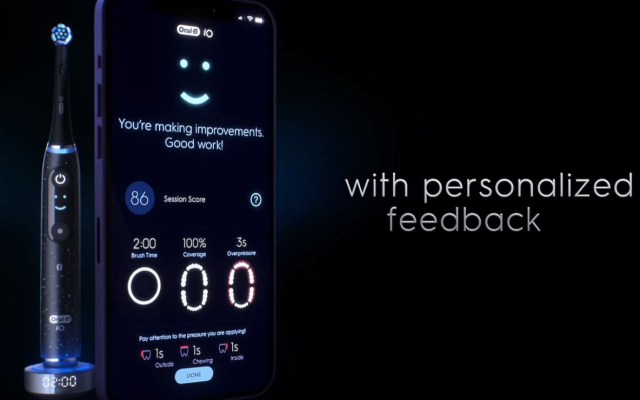aja8888
Moderator Emeritus
Interesting but these announcements appear to be to try to halt sales of competitors, since these GM models won't come out until well into 2023.
The big splash was the Silverado pickup, which will be in the $140k range for some configurations. Again, a 2023 product.
GM has to build up battery capacity so it's understandable these higher-volume cars are not until over a year from now.
For this year, it's expected to be Cadillac Lyric, starting at $60k and the Hummer EV, which is more like a $100k EV.
GM announced the truck today. Starting at $39.9 K (work truck model) going up to $105 K for top of the line.
https://www.theverge.com/2022/1/5/22863648/chevy-silverado-electric-truck-specs-price
The base model work truck will start at $39,900, while the fully loaded RST First Edition, named because it will be first off the assembly line in spring 2023, will sell for the suggested price of $105,000. Chevy says that after production ramps up, various versions of the truck will be available for $50,000–$80,000. The automaker is already taking reservations.



